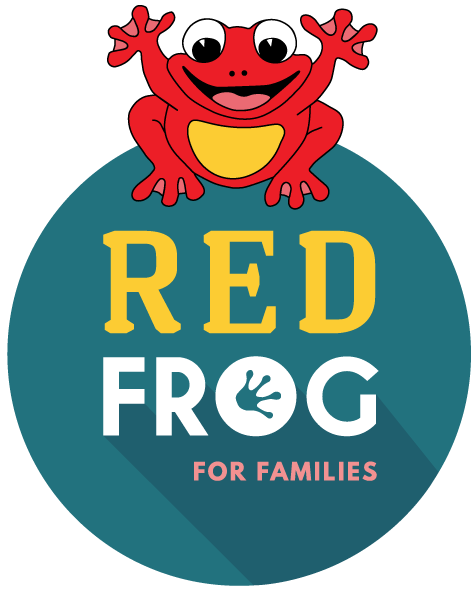Let’s Talk CORE STRENGTH
Core strength is essential for kids' overall development and well-being, it impacts much more than you might realise. The core muscles (in the abdomen, lower back, and pelvis) play a crucial role in providing stability, balance, and control to the body.
Having a strong core helps children in various aspects of their daily lives. Here are some reasons why it is important:
⁃ Improved posture: A strong core helps kids maintain proper posture while sitting and standing. Maintaining functional positions is important for tabletop activities.
⁃ Fine motor skills: Core strength and postural control are foundational skills that in turn enable kids to complete important fine motor tasks like handwriting
⁃ Balance/stability: Children can better control their movements, whether they are participating in sports, running, or engaging in other physical activities
⁃ Injury prevention: A well-developed core can help protect children from injuries, acting as a natural stabilizer for the spine, reducing the risk of strains and sprains
There are many ways to develop core strength!
Activities such as planks, sit-ups, bridges, and certain yoga poses are excellent for strengthening the core. Encouraging children to engage in activities such as swimming, climbing, or even playing on playground equipment, can also contribute to developing a strong core.
Animal Crawls are GREAT for building core strength and getting some of those jitters out! Show off your acting skills or have a race while pretending to be one of these awesome animals!
SNAKE: Lie on your belly on the floor, slither like a snake keeping your arms in front of you.
CRAB: Sit down on the ground with your knees to your chest and put your hands behind your back flat on the floor, push your hips as high as you can and walk across the room.
BEAR: Walk with both hands and feet on the floor.
DUCK: Squat down and tuck your arms into wings, walk across the room while still squatting.
FROG: Squat like a frog, jump as high or as long as you can.
